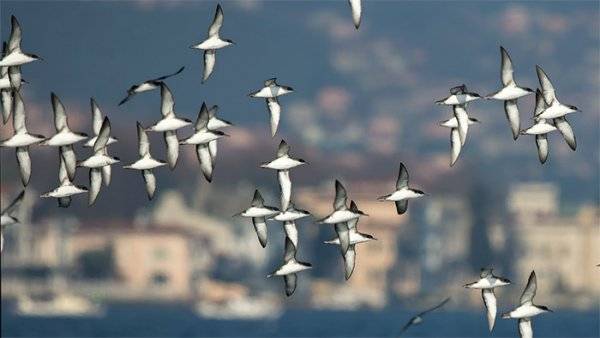Guest blog by Şafak Arslan of Doga
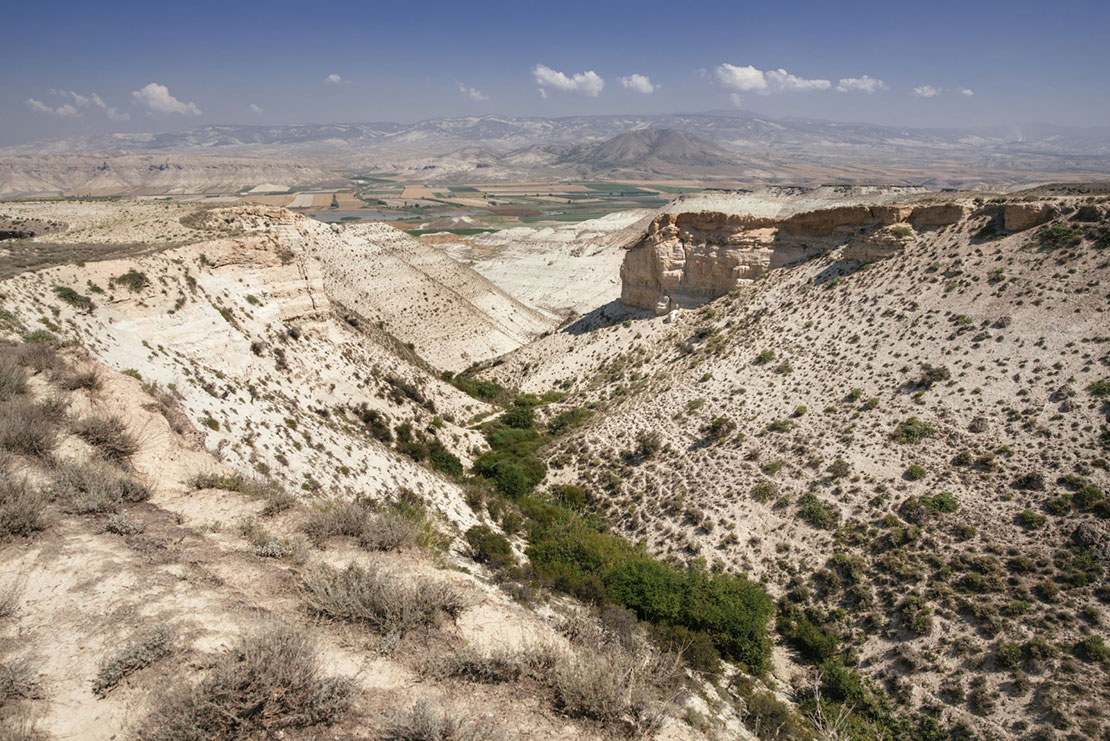
The Egyptian Vulture is globally threatened and among the species in most rapid decline across its range including the Eastern Europe populations. Previous studies by Doga (the BirdLife Partner in Turkey) revealed that Turkey retains significant breeding populations of EgyptianVulture and that the Beypazarı region holds the largest population of the species not only in Turkey but also in Balkans. After the previous survey in 2014, we have been monitoring some nests with the help of shepherds and local volunteers, but the situation of the entire population was unknown. Therefore, there was a knowledge gap on the current status of the most important EV population in Turkey and Balkans.
It was clearly important to rectify this to help the preservation of the Egyptian Vulture. In 2019, we conducted preliminary studies to close this gap and made contact with the shepherds to help us. First the areas where Egyptian Vultures occurred were determined. Then, after a project plan was written, we surveyed the current breeding population and breeding success of the vultures. Moreover, because we have a shepherd network in Beypazarı, their involvement ensured greater success as it increased the monitoring capacities not only for surveying the vulture population but also determining the threats towards them.
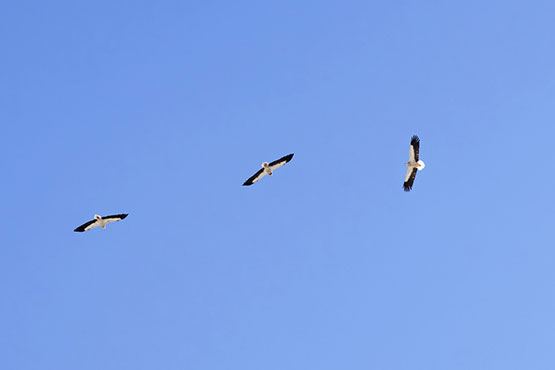
Findings
In Beypazarı region, to learn the status and breeding success of the Egyptian Vulture population OSME, through the Trevor Poyser Species Conservation Fund supported DOGA in 2020. Within the scope of the project we were aimed to determine the Egyptian Vulture population in Beypazarı, the largest in Turkey, and to identify threats the threats to it and threats to its habitat. Within the scope of the research – over approximately 3,000 km square – in Kirmir Valley and Nallıhan Hills Key Biodiversity Area, a total of 109 nests of Egyptian Vulture were identified.

90 of these nests were active, 62 of them producing young that flew from the nest. These data show that the reproductive success of Egyptian Vultures in the study area in 2020 was 82.6%. Therefore the Beypazari region is still the largest and most important breeding area for Egyptian Vultures in Turkey. Furthermore, the study area holds the highest breeding population in Europe, outside Spain.
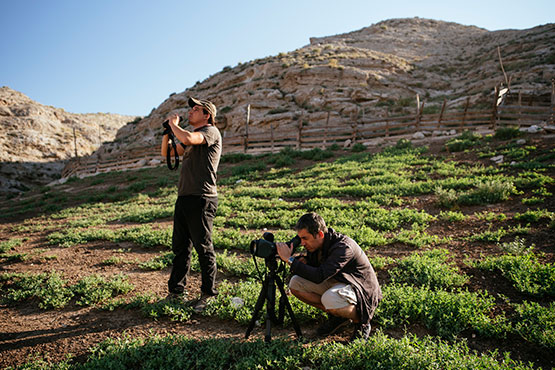
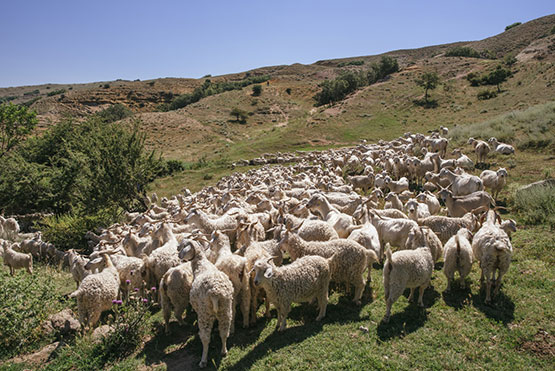
In this context, a total of four field studies were undertaken. In the scope of the first field study, the known nesting areas of the Egyptian Vultures in the region were checked and their current status was determined. In addition, new nesting areas were identified and recorded. In the second study, it was determined whether the nests detected were active or not and new nests were determined. All nests found in the third field study were checked and the number of offspring was recorded. In addition, factors threatening the species were investigated in all of these field studies. Finally, within the scope of the last study conducted in September, the use of the nest by the offspring and the factors threatening the species were investigated.
Close contact was made with the shepherds who had stockyards near the Egyptian Vulture nests. Much information was obtained from shepherds about nests and this increased the success of the project greatly and we found that there is a good relationship between shepherds and the vultures. Egyptian Vultures set up their nests next to the stockyards and carry the wool of sheep and goats to the nest. They also feed on the carcasses of dead animals. The shepherds find their lost sheep thanks to the Egyptian Vulture.
Threats
Loss of habitat is one of the main threats in the study area of Beypazarı. For example, it is planned to build a limestone quarry in Doğanyurt Village, which is located very close to the nests. As a result the Doğa team prepared a technical report and submitted it to the relevant institutions and authorities. This report was used in an on-going court case by local and national civil groups. The resistance of the local people against the limestone quarry continues.
Considering the territories of the Egyptian Vulture, high-voltage power lines within 10 km of the nests pose a major threat to the species and there are 230 km of lines in the study area. All power lines near the nests were checked during the field studies and electric lines in the areas where there are two nests in Sehitler Village pose a particular threat.

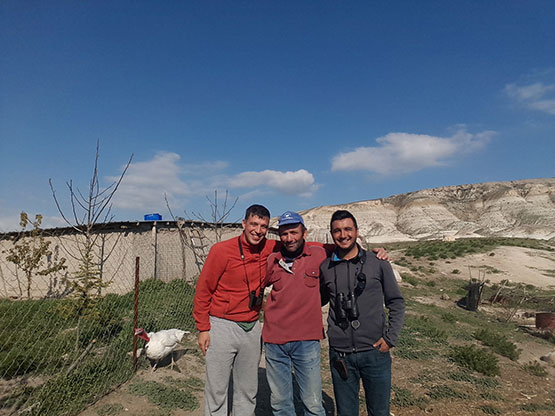
Şafak Arslan is the Biodiversity Coordinator of Doga, responsible for their monitoring and conservation programme. Doga is the BirdLife International Partner in Turkey.


